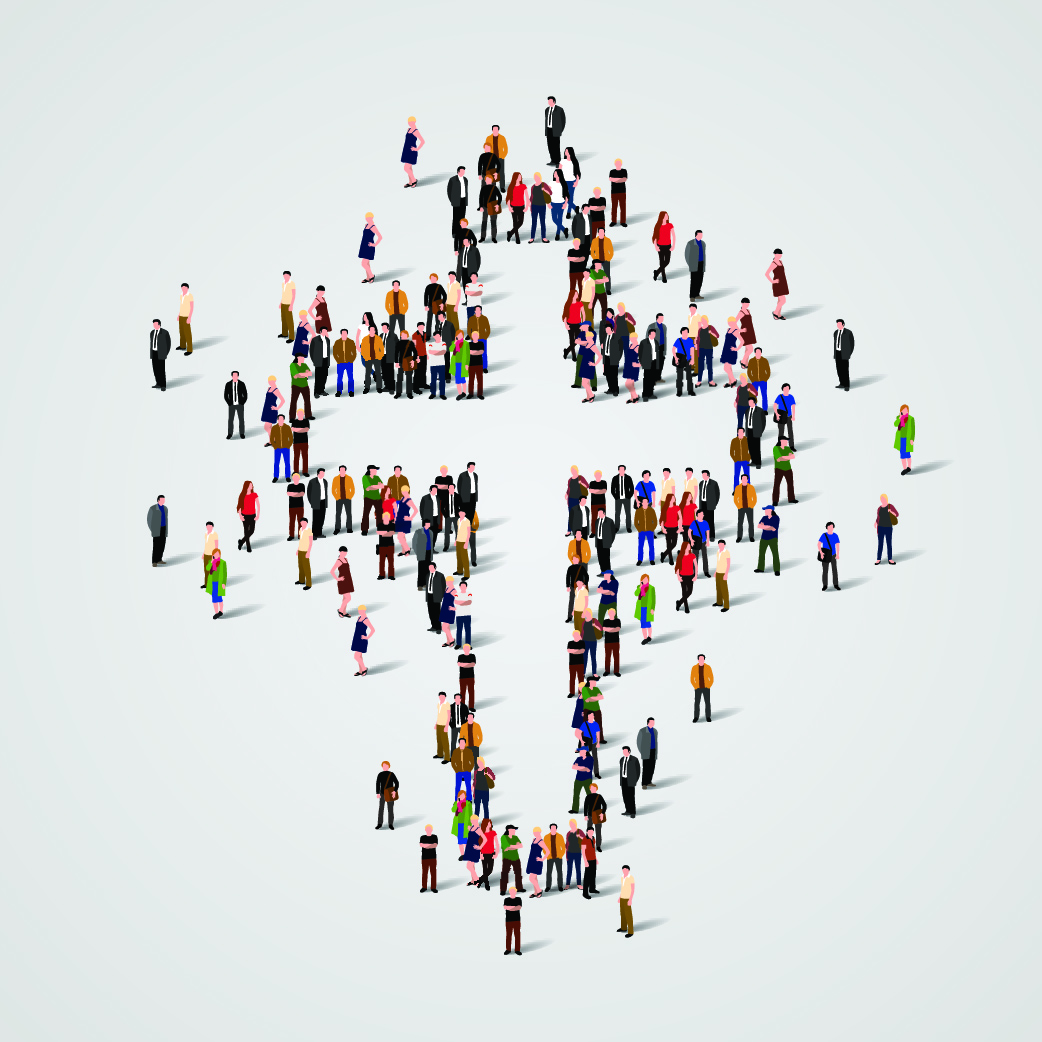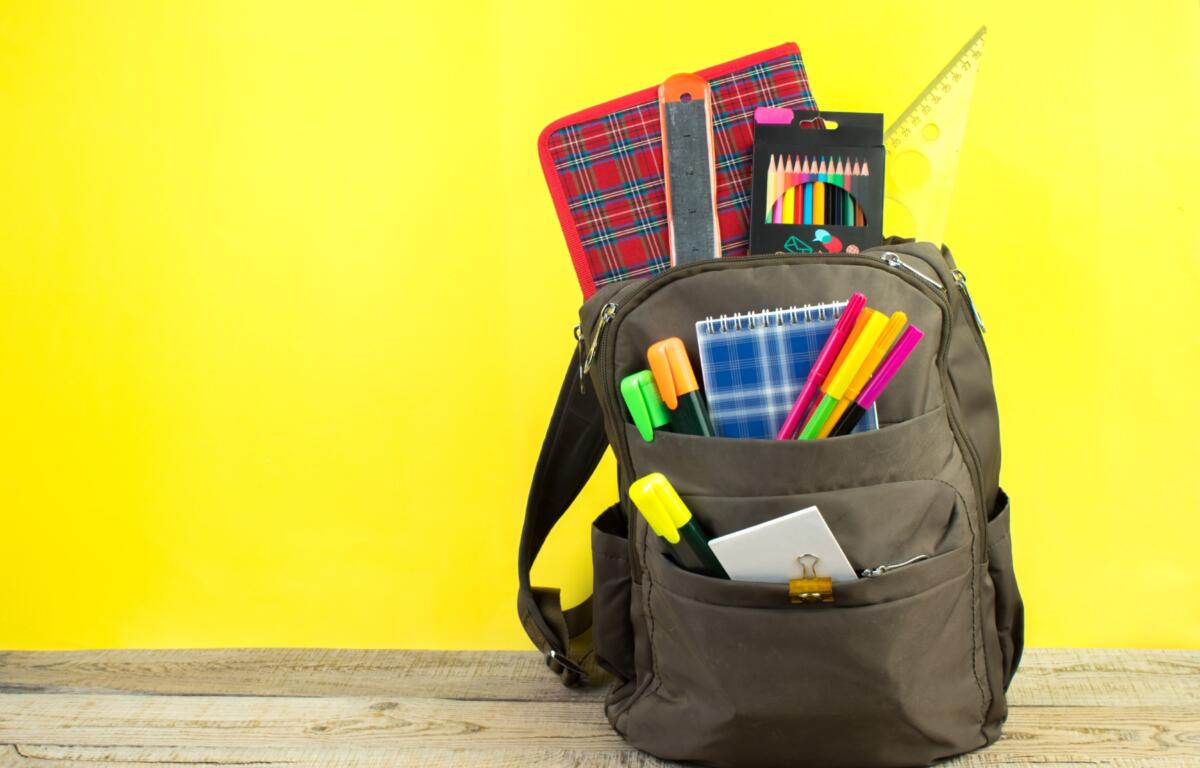Much of my daily routine hasn’t changed since the coronavirus pandemic began. I work from home aside from a few trips per year to the Business Insider newsroom in New York City, writing and editing stories with my cat in my lap and a robe tied around my waist.
Once the workday ends, not much changes — aside from the cat and me moving to a different room of the house.
But everything aside from my daily motions, if we’re honest, has changed.
Since things really got bad in the United States, my entire office has been working from home, like most other workplaces able to function remotely. It’s been a change for most of the reporters I manage as an editor on Business Insider’s transportation desk, who are used to working in the office every week. But that change has been minor in terms of the rest of our jobs, and our industry in general.
Our desk functions with beat reporters — journalists who mostly cover specific topics and industries, but can report on other transportation topics in general when needed — whose work, together, spans much of the transportation industry. But those beats have all drastically changed, in some ways irreversibly, since the pandemic began. Our airline reporters now cover widespread layoffs, pay reductions, decimated air travel, and how airlines are preparing their cabins and employees for a return to regular flight capacity — if that ever comes. Our car reporters have no auto shows to attend, and generally aren’t accepting vehicles to review in order to prevent unnecessary contact with others. Our technology reporters aren’t focusing on how Uber and Lyft drivers are working toward fair wages, but instead how they’re trying not to risk their lives while picking countless people up every day. All of our reporters are seeing how the pandemic is affecting wages in their industries, such as employees not being able to take sick pay to quarantine or salaries being cut while revenues tank due to low demand.
Everything is, in general, a question: When will people start flying again? What procedures are being put in place to protect employees and customers as they travel? Which organizations aren’t doing enough? How long will it take before the middle seat on a plane doesn’t feel like a threat to someone’s livelihood, given the recommendations for social distancing? How will companies’ rush to return to production of vehicles and other products impact their workforce? How many people will die?
While we discuss and report on that every day, we’re also left to think about ourselves and those around us. In journalism, not only do we have to report on how the industries we cover are being decimated and workers are suffering because of it, but we have to worry about our own industry. Advertising revenue is down because there’s less money to go around, layoffs are more rampant than usual in newsrooms, and the news cycle we cover is one doomsday after another.
It isn’t easy, but it isn’t anything we can walk away from. It’s scary to wonder what or who may be next, especially given that many are already out of work as the pandemic pushes most to stay home for the benefit of their health but at the detriment of their wages.
There’s a shared suffering going on as the world continues to fight an invisible enemy — sure, it’s a cheesy phrase, but its accuracy is dire. Some are in more dangerous positions than others, such as medical workers, those delivering mail and packages while people stay home, and any other employees who can’t work remotely, but everyone, to some degree, is experiencing the same thing: vulnerability to something we can’t control, even among those of us who deny how vulnerable we are.
So, while my daily routine hasn’t changed much — my robe and cat are still staples of my day, as is sitting in an office and staring at a wall all day — everything else has. When, and if, it will go back to normal, none of us can know.
But when and if it does, I can only hope we’ll be better prepared next time.






